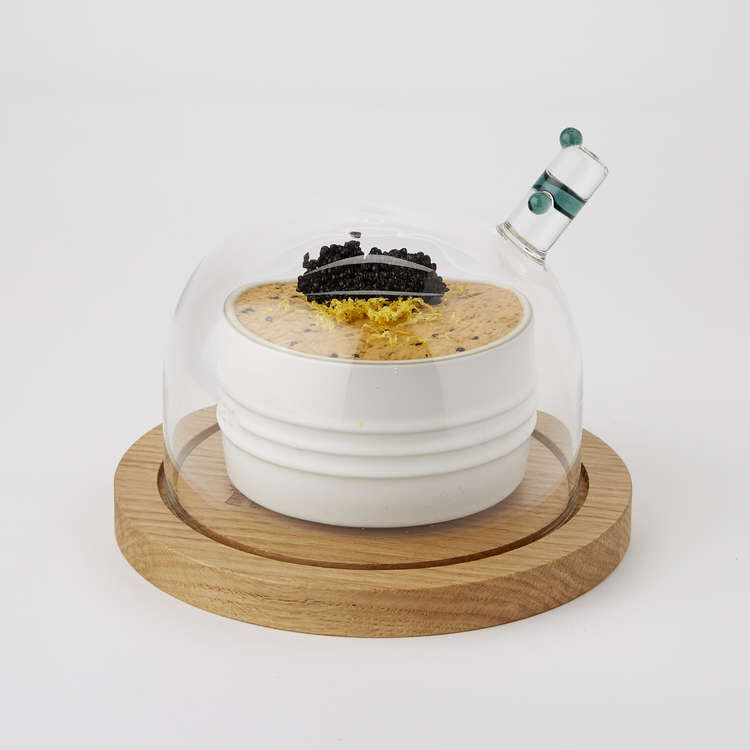Bill Gates-Backed Startup Makes Butter Out of Thin Air and Water

Savor, a California-based startup backed by legendary businessman Bill Gates, has come up with a method of producing butter-like fat out of just carbon dioxide and hydrogen. Starting from the idea that all fats are composed of chains of carbon and hydrogen atoms, Savor patented a thermochemical process to build fat molecules and then produce […]
This “Ridiculous Butter” Is Flavored with Lobster and Crab, Costs a Whopping $130

‘Ridiculous No.55 Lobster and Crab Butter’ is a decadent handmade butter made by a family company in the UK. It has been voted one of the world’s finest foods by a panel of 355 judges. If you love food as much as I do, you probably know that there is nothing better than butter. But […]
The Ancient Art of Tibetan Butter Sculpting Is Melting Away

For the last 400 years, Tibetan monks have been using butter from yak milk to create large and intricate sculptures inspired by stories of Buddha, animals or plants and putting them on display during the annual Butter Lantern Festival. Unfortunately, the long and difficult process of making these exquisite works of art has led to a […]
Scottish Bar Serves Heart-Stopping Deep-Fried Butter

We’ve heard of deep-fried Mars bars, ice-cream and butter that originated in the US. A Scottish Bar has now invented a new twist to deep-fried butter, something they say is quite popular with a few customers. Dubbed by some critics as a coronary on a plate and even a heart attack in the plate, this dish is being […]
